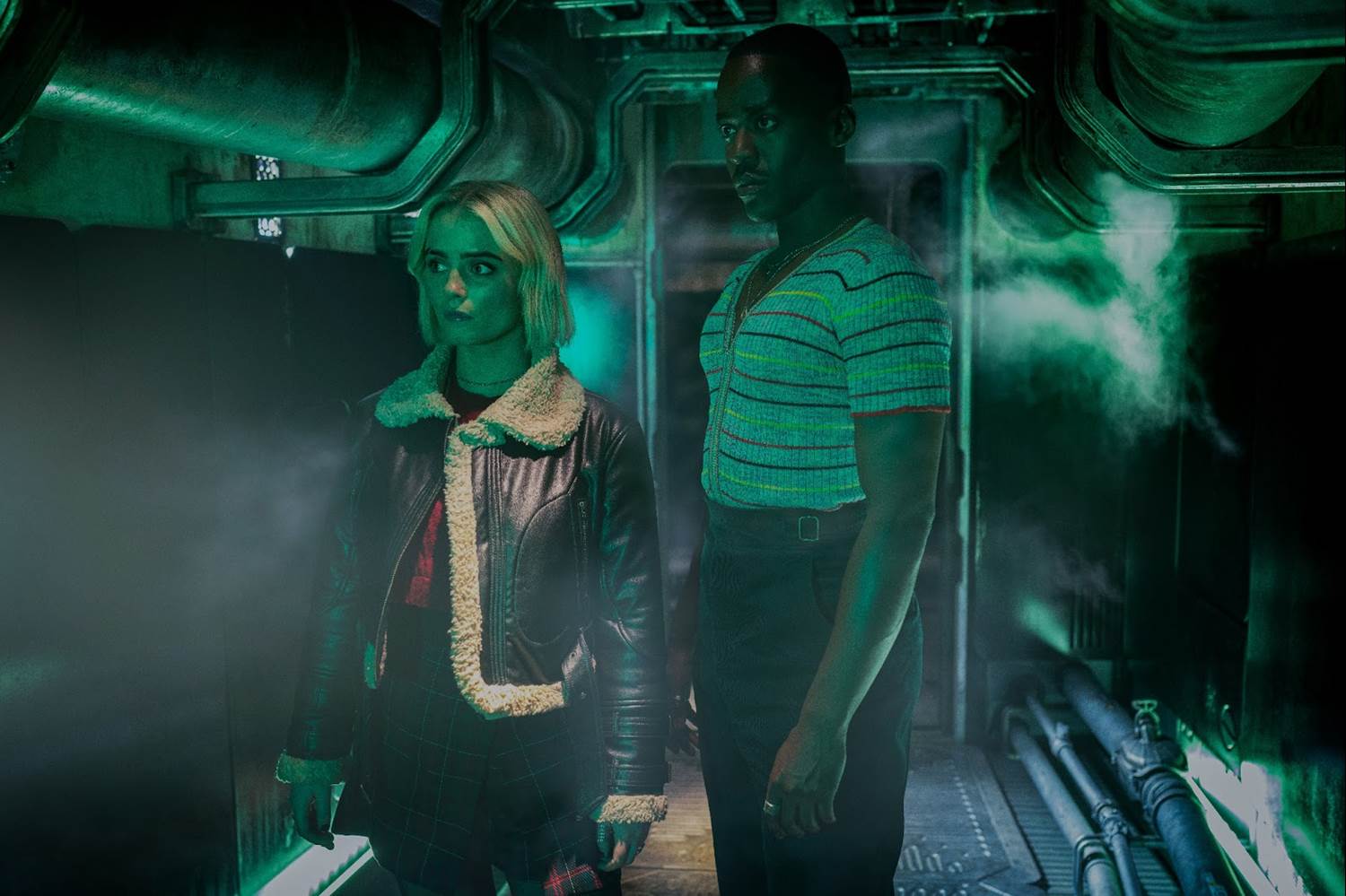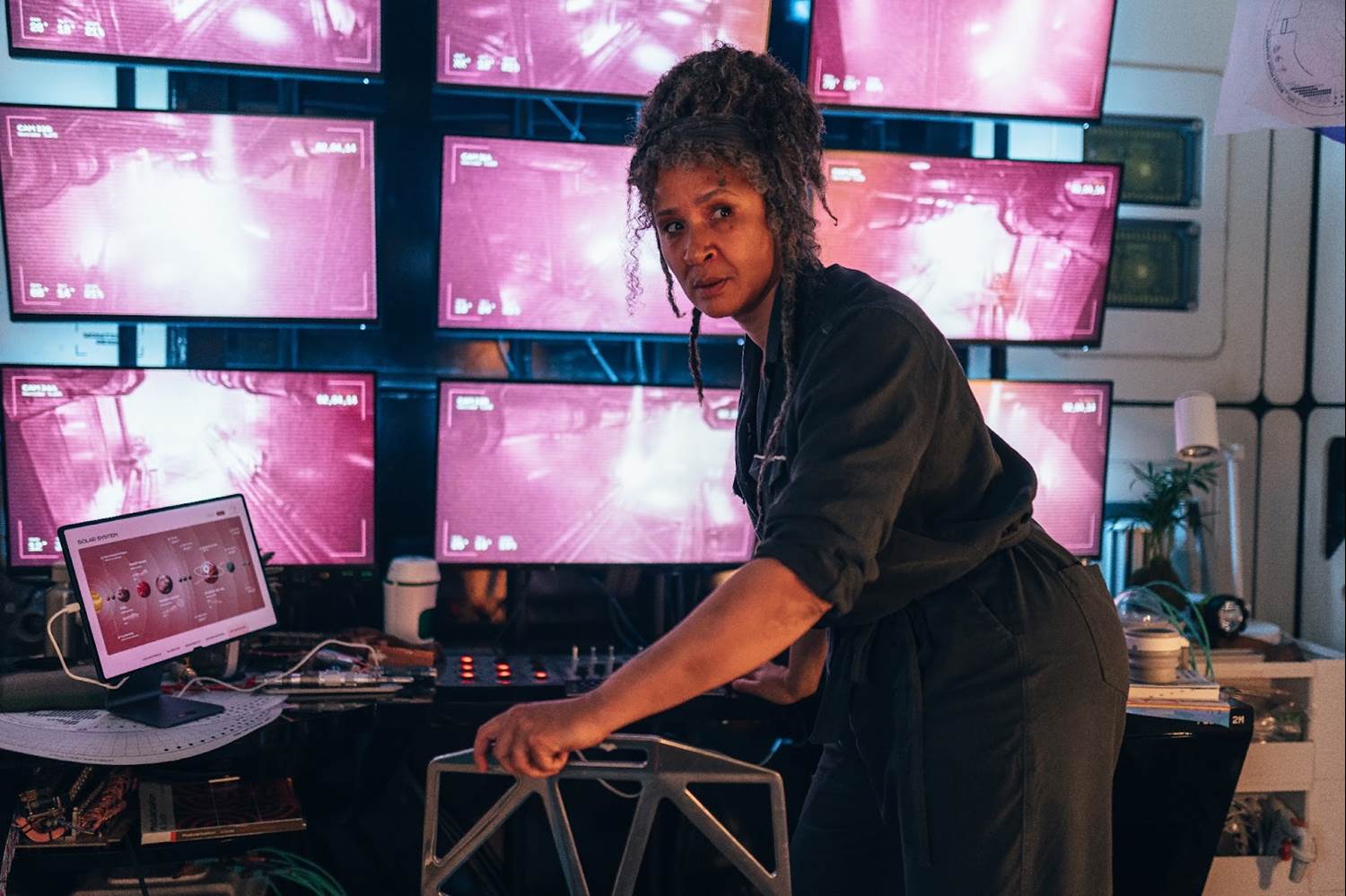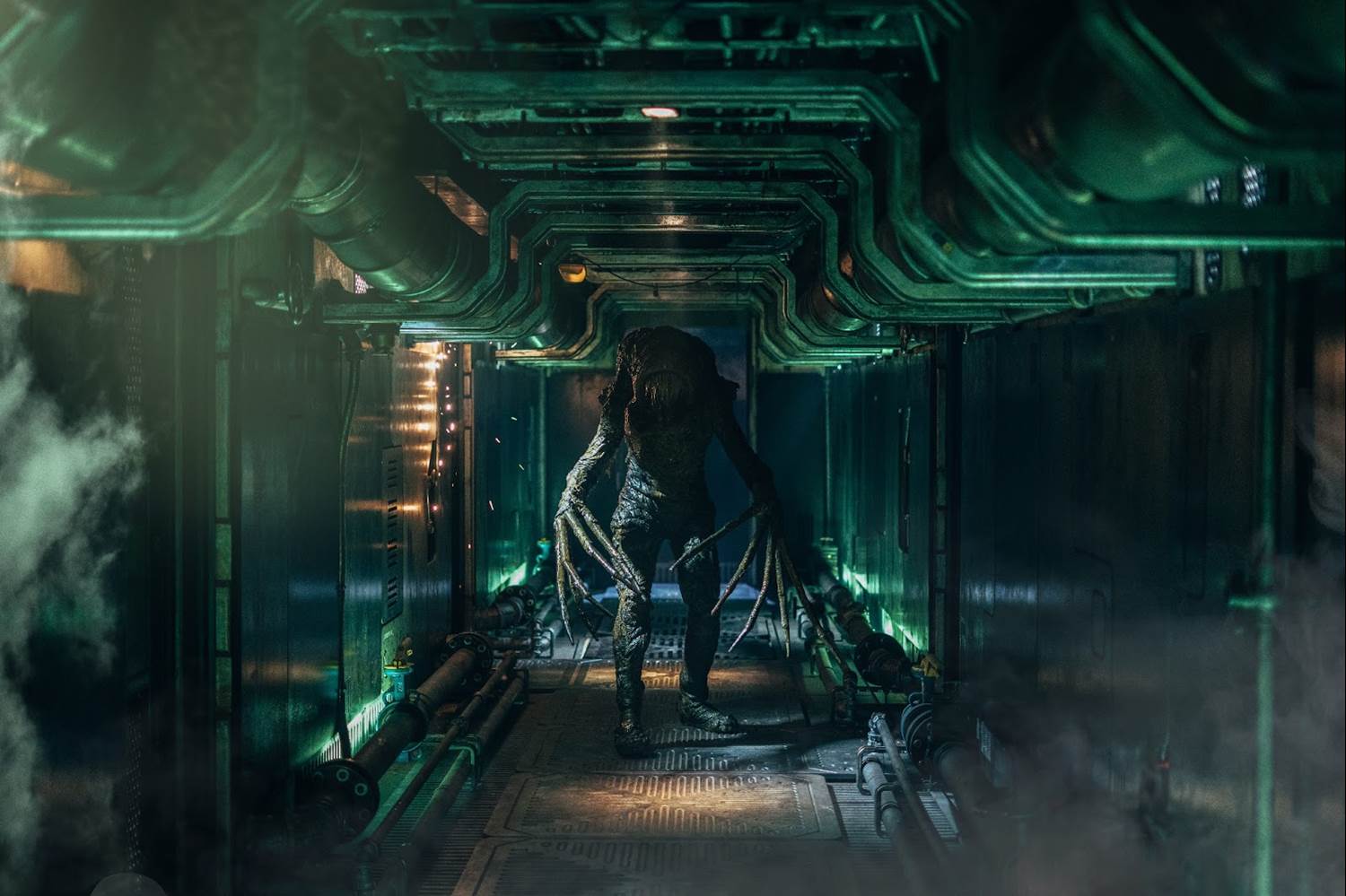TV Recap / Review: “Doctor Who” Kicks Off a New Season with “Space Babies” and Ruby’s First Trip in the TARDIS
Doctor Who is back for its first full season streaming globally on Disney+. Following the debut of Ncuti Gatwa as the Fifthteenth Doctor in the Christmas special, his first full series as the Time Lord from Gallifrey begins with “Space Babies," an imaginative story that’s only possible thanks to the endless canvas that is Doctor Who. Here’s my spoiler-filled recap of the opening episode.
The episode picks up at the end of “The Church on Ruby Road," as Ruby Sunday (Millie Gibson) takes her first steps aboard the TARDIS (The Doctor’s time travel machine). Many of the mechanics of the show are introduced to both viewers and Ruby at the same time – including the fact that the Doctor is adopted, a plot point introduced in the previous era of the show when Jodie Whitaker was the Doctor. Ruby asks if “the Doctor" is his real name and the Doctor responds by saying that his race, the Time Lords, quite often had names like that. “Say the Doctor for a thousand years and it becomes my name."
Another plot point from the previous era gets brought up, as the Doctor explains to Ruby that Gallifrey and his people are gone, after his arch-enemy the Master committed genocide by turning the entire race into Cybermen. The Doctor then shows off and takes Ruby on her first trip back in time, to what ends up being Wyoming millions of years ago. The impressive new Disney+ budget is showcased with an impressive vista shot of dinosaurs across a prehistoric landscape.
Ruby brings up a great point, that of the long-running sci-fi trope of the “butterfly effect," where if you step on a butterfly in the past, it may drastically alter the future. This possibility is hilarious glossed over as Ruby actually steps on a butterfly, and briefly turns into an alien creature before the Doctor has the chance to fix it – with Ruby then blissfully unaware of what just happened to her.
After traveling into the past, Ruby throws out some random numbers and the Doctor pilots the TARDIS to a space station in the distant future, where they are greeted by a terrifying creature, that really freaks out Ruby, and even the Doctor – a fact he is concerned by, as he’s always excited by meeting new creatures and species. They next come across a genesis chamber populated by human babies, before meeting the occupants of this ship – babies, that can talk! We actually are able to see these babies talk through some CGI wizardry that in years past would not have been anywhere near as convincing.
Just before meeting the babies, the Doctor and Ruby have a touching moment, as Ruby looks out into the vastness of outer space for the first time. The Doctor explains a bit about his lifestyle, and despite the occasional bouts of loneliness, he feels free with a love of exploring the universe. He keeps moving on to see the next thing, and the next and the next. The Doctor does some reconfiguring of Ruby’s phone, allowing her to call her mum back on Earth, millions of years in the past.
As the first “space baby" is introduced, he and the others hilariously mistake the Doctor and Ruby for being “mummy" and “daddy." The Doctor corrects them, but also immediately makes them feel loved. Something they haven’t felt much of in the 6 years they’ve been alive, stuck at the same age. The babies explain how they take care of the ship, before we are introduced to the sentient “nanny" of the ship that has been taking care of them.
The Doctor ponders to Ruby about some of the strange coincidences circling her life, and the mystery of her parentage. As he stares at her face, it begins to snow – harkening back to the moment where a mysterious woman dropped Ruby off at the church on Ruby Road – something the Doctor says he’s never seen before.
We’re then introduced to the real “nanny," Jocelyn (Golda Rosheuvel), who was the on-site accountant before the station was abandoned, staying behind to look after the babies without ever showing her face to them. The Doctor plugs in his sonic screwdriver to the ship’s systems which should recalibrate and activate the functions that have been dormant for years. In a parallel to real-life refugee situations, the trio try to figure out how they can get the station functioning again and save the babies, before oxygen and food supplies run out.
Attention is then drawn to the terrifying creature that lurks on the lower decks. Thanks to some unintended encouragement from Ruby, one of the babies decides to be brave and “battle" the creature that they are all so terrified of. The Doctor and Ruby save the baby, before figuring out that the creature, nicknamed the Bogeyman, is just that, a man made out of bogeys (the English word for boogers). It was created by the genesis machine just like the babies, serving as another part of their fantasy-like creation – the Bogeyman that children are always scared of.
Also scared of the Bogeyman is Jocelyn, and with the ship’s functions now restored, she decides to eject the Bogeyman from an airlock. The Doctor, comparing himself as the last of his kind to the Bogeyman, the only one of his kind, decides to save the creature, entering the airlock himself and closing the door, in a truly heroic moment.
As with most Doctor Who stories, there is a happy ending, as the station is fixed, set off on a course for their home planet, while Jocelyn meets the space babies face-to-face, who still have their beloved Bogeyman living below. Triumphant and jubilant, the Doctor and Ruby head back to the TARDIS, where the Doctor officially invites Ruby to travel with him aboard the TARDIS. There’s one caveat though, he can’t take her back in time to see who her real mother is. Ruby says that’s alright though, as she has her true adopted mother to visit. The Doctor pilots the TARDIS to her mum’s living room, causing quite a bit of damage in the process. The episode ends as the Doctor is seen conducting a DNA scan of Ruby on board the TARDIS, wondering just what is going on with this coincidence ladened girl.
Next time, the TARDIS heads to the swinging 60s and Abbey Road, where the Doctor and Ruby meet The Beatles and the Doctor’s most powerful enemy yet!







